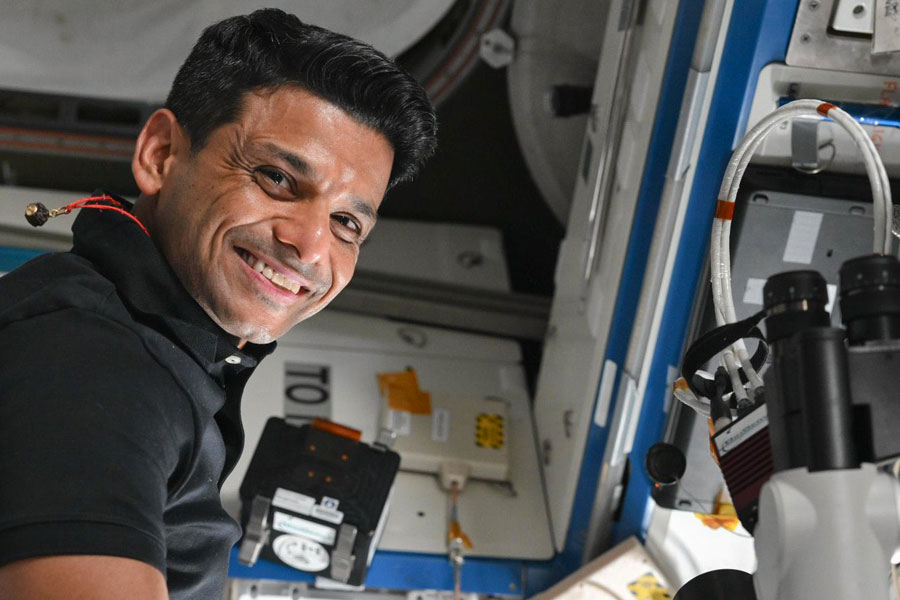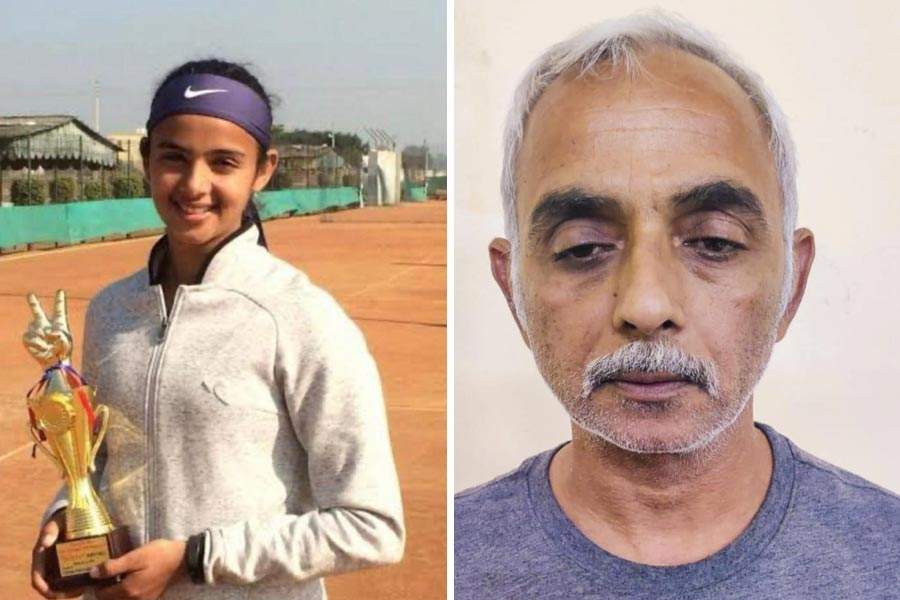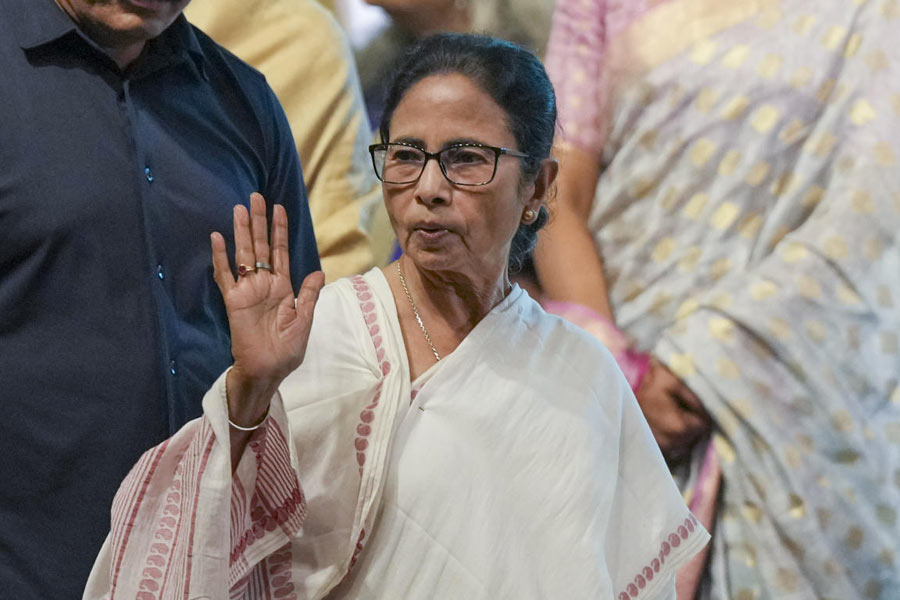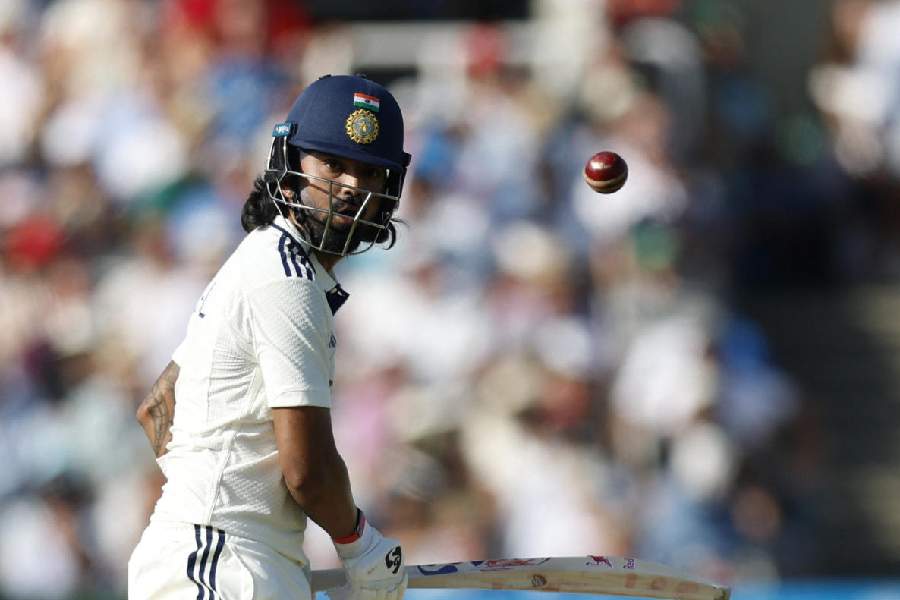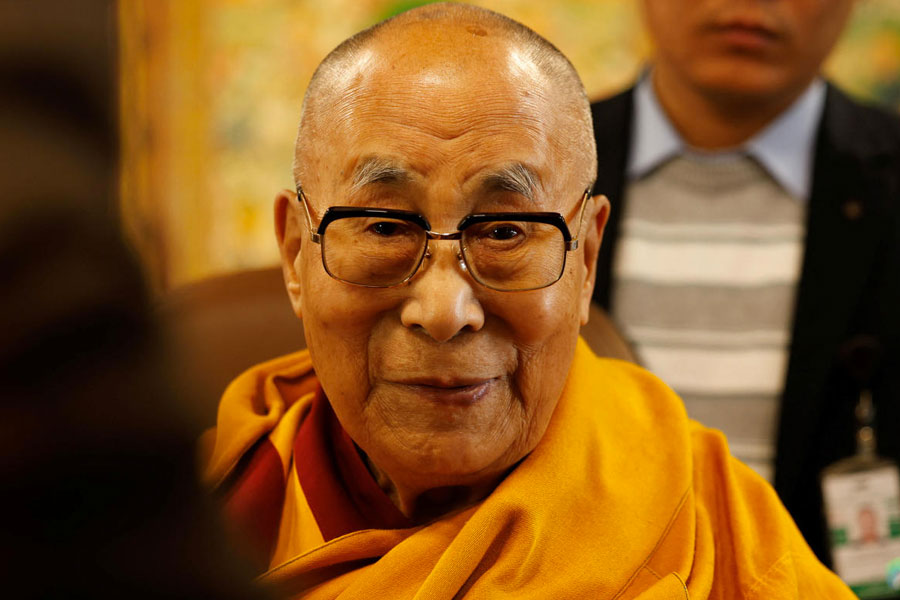 |
| Viewers at the screening of Raja Harishchandra at Kalidas Rangalaya on Friday. Picture by Jai Prakash |
A young artiste watched in silence and the master spoke volumes without uttering a single word as images worked their magic during a screening of Raja Harishchandra at Kalidas Rangalaya on Friday.
The disciple: Irfan, a 24-year-old theatre enthusiast. The master: Father of Indian Cinema Dhundiraj Govind Phalke, popularly known as Dadasaheb Phalke. The lesson: Raja Harishchandra, the first film to be produced in India.
On this date in 1913, a select audience at Coronation Cinema Hall in Mumbai (then Bombay) watched in wonder as the mythological tale of the moralistic monarch unfolded through images only (it was silent film). A century later the magic remains undiminished.
“I’m an artiste. I wanted to see how Dadasaheb Phalke narrated a complicated story without any sound or music,” said Irfan.
The relation of images to cinema is obvious but in the case of Raja Harishchandra, it is even more poignant as a Raja Ravi Verma painting inspired it. Directed, produced and co-scripted by Phalke, DD Dabke played the title role. Another male actor PG Sane played his queen Taramati.
Around 100 people had come to see the show on Friday but only half the film, around 20 minutes, was screened. “This is the only part of the legendary film that has been preserved properly,” said Jai Mangal Deo, the vice-president of Cine Society, Patna. “It was a golden opportunity for all cinema lovers.”
But they also learned about the triumphs and tribulations of Phalke, his wife Saraswati, and sons Mahadev and Bhalachandra. Not through a lecture or a documentary but another feature film — Harischandrachi Factory. The Marathi movie depicting how the first Indian film was made was also India’s official submission for the Best Foreign Film category at the Oscars in 2009.
“It is essential to discuss the different aspects of cinema, watching films is not enough,” said Krishna Deo Kalpit, deputy director, Doordarshan.
Almost as an answer to his advice, Posterics, a 26-minute-long documentary about cinema posters through the ages was also screened. “I had never thought about the social value of film posters. It was an eye opener,” said Raj Kumar, 25, after the show.


